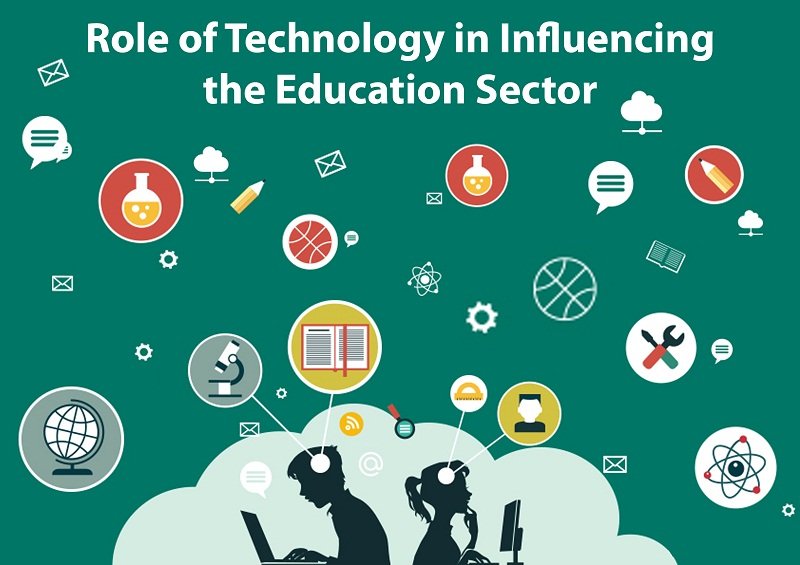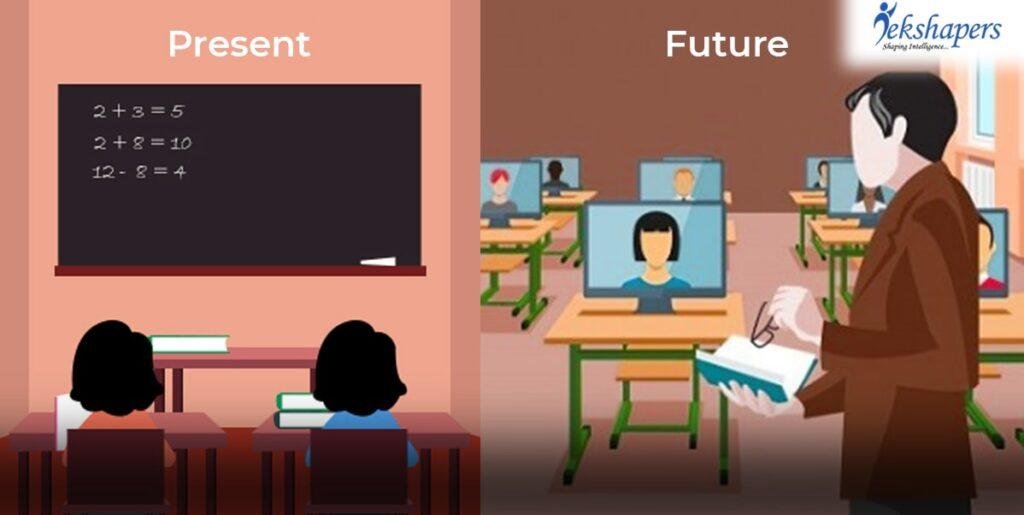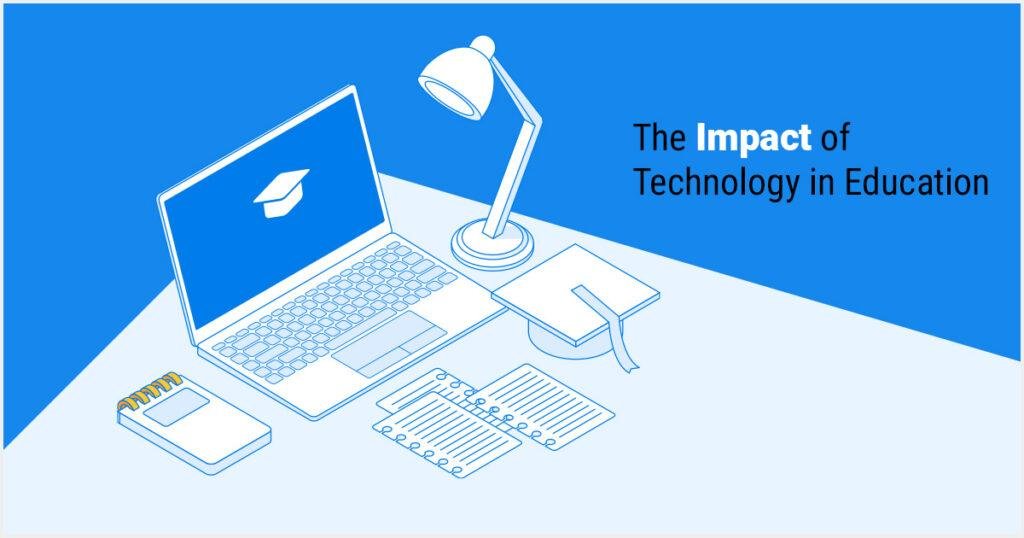The role of technology in education
This topic explores how technology can be used to enhance learning and teaching, such as online learning platforms, educational software, and virtual reality.
The use of technology in education has become increasingly prevalent in recent years, offering new opportunities to enhance learning and teaching. With the rise of online learning platforms, educational software, and virtual reality, technology is revolutionizing the way we approach education.

In this article, we will explore the role of technology in education and how it can be used to enhance student learning and teacher effectiveness.
One major benefit of technology in education is personalized and adaptive learning. Platforms like Khan Academy and Coursera use algorithms to assess student performance and offer tailored feedback and resources.
This allows students to learn at their own pace and focus on the areas they need the most help with. Additionally, educational software such as Rosetta Stone and Duolingo offers language learners the opportunity to practice speaking and listening skills through interactive exercises.
Technology can also enhance teacher effectiveness by providing new tools and resources for lesson planning and instruction. For example, teachers can use online resources such as Google Classroom and Edmodo to communicate with students. Share assignments and provide feedback.
Additionally, educators can use technology to create engaging and interactive lessons. Such as using videos, animations, and simulations to illustrate complex concepts.
Educators are increasingly using virtual reality (VR) in education. VR can provide immersive and interactive experiences that simulate real-world scenarios and enable students to explore new environments and concepts.
Medical students can use VR for surgeries or to explore the human body. While history students can experience events or visit sites, enhancing experiential learning.
Technology in education provides access to learning for individuals who might not otherwise have the opportunity.
Online platforms and software are accessible globally, benefiting remote or underserved areas. Moreover, technology offers education to those lacking the financial means for traditional schooling.
While technology in education offers numerous benefits, it also introduces challenges that require attention. One of the main challenges is the digital divide. Which refers to the gap between individuals who have access to technology and those who do not.
This educational inequality can result from students lacking access to technology. Thereby missing out on the same resources and opportunities available to their peers with access. It is crucial to address this issue by providing access to technology and digital resources to all students.
Another challenge of technology in education is the potential for distractions and misuse. Students may tempt themselves to use technology for non-educational purposes. Such as social media or gaming, which can interfere with their learning.
Additionally, technology use in education raises privacy and data security concerns. Companies may collect and use student data for commercial or other purposes.
Developing policies and guidelines is crucial to ensure responsible technology use in education and protect student data privacy and security.
Conclusion
Technology has the potential to revolutionize the way we approach education by providing new opportunities for personalized and adaptive learning. Enhancing teacher effectiveness, and providing access to education to individuals who may not have had the opportunity otherwise.
However, it is crucial to address the challenges presented by technology, such as the digital divide, distractions, and privacy concerns. By addressing these challenges and responsibly incorporating technology into education. We can create a more accessible, engaging, and effective learning experience for all students. 바카라사이트




